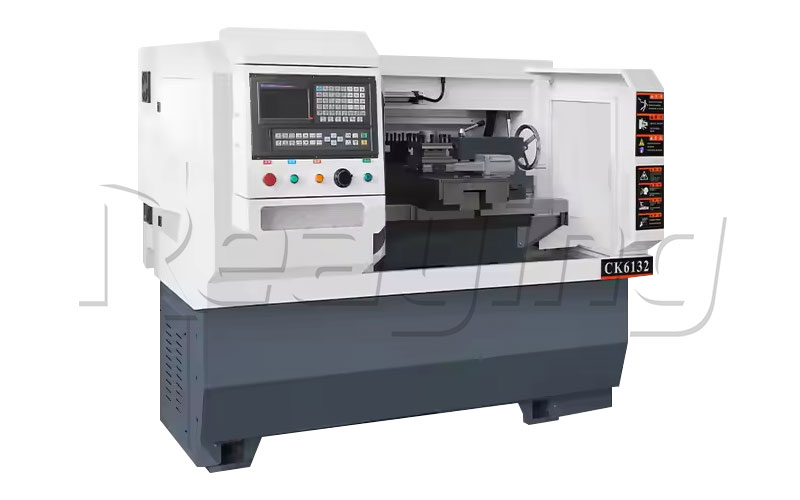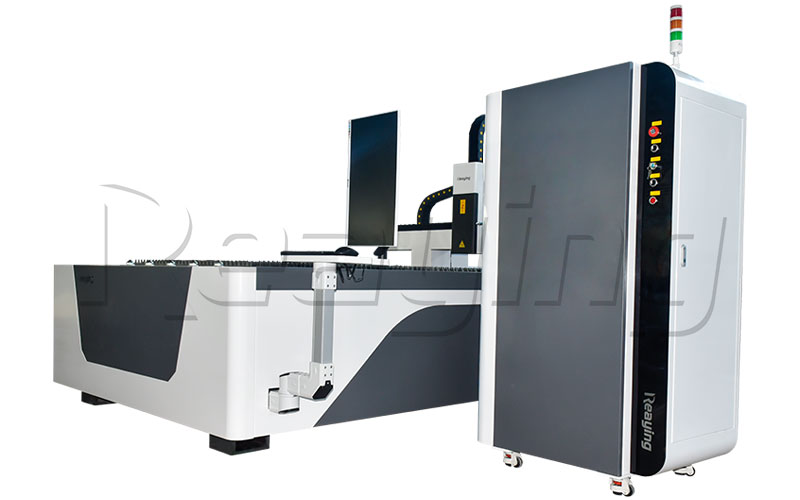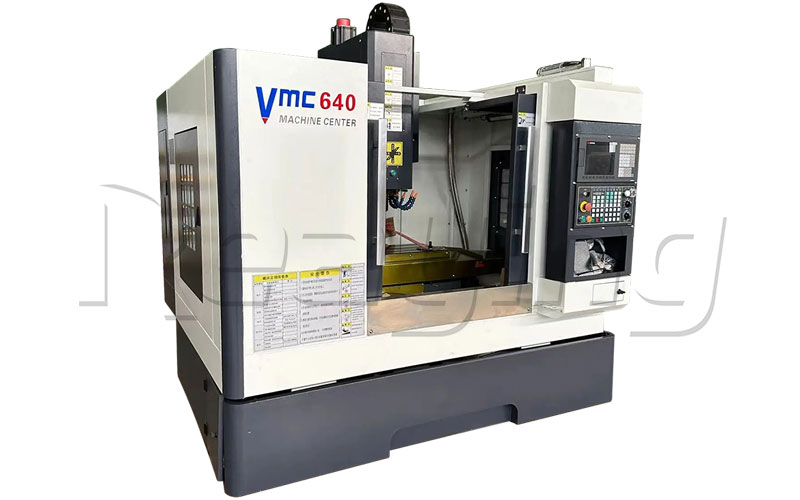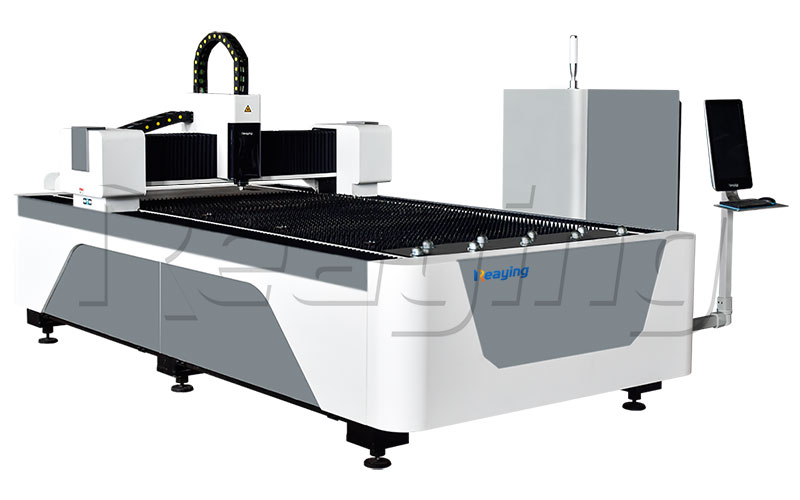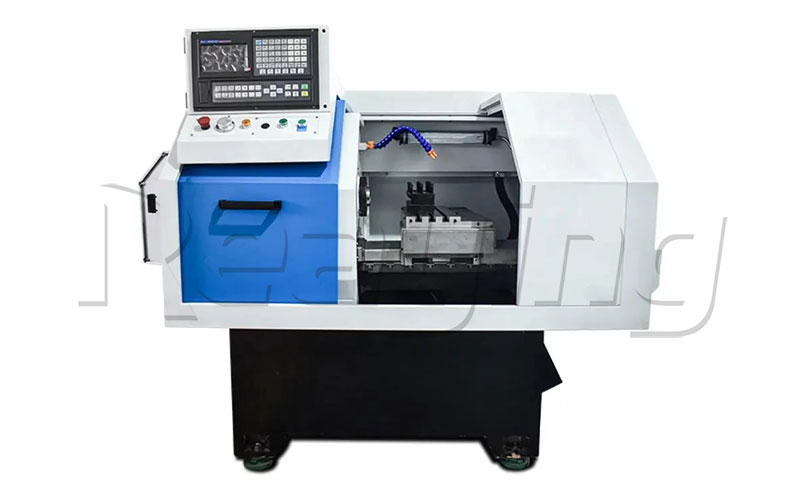At present, there aretwo types of pulsed fiber laser source used in fiber laser marking machinewhich included Q-Switched pulsed fiber laser and MOPA Q-Switched fiber laser. Q-Switchedpulsed fiber laser was introduced to China in many years, so they currentlyoccupy a large processing market. The MOPA Q-Switched fiber laser has onlygradually developed in recent years. So, what is the difference between a MOPA laser and a Q-switched laser? What new technologies and advantages does MOPA laser have?

1. The marking application difference between MOPA laser andQ-switched laser.
1-1. Alumina sheet surface stripping application
Today, the electronic products are getting thinner andlighter. Many mobile phones, pads, and computers use thin aluminum oxide as theouter casing of the product. When the Q-switched laser is used to mark theconductive position on the thin aluminum plate, the material is easilydeformed, and the “convex package” is generated on the back surface,which directly affects the aesthetic of the appearance. The parameters of thesmaller pulse width of the MOPA laser can make the material less deformable andthe shading is more delicate and brighter. This is because the MOPA laser usesa small pulse width parameter to make the laser stay in the material for ashorter period of time, and has enough energy to remove the anode layer.Therefore, for the processing of stripping the anode of a thin alumina plate,MOPA Lasers are a better choice.
1-2. Marking black on anodized aluminum application
MOPA laser is used to mark the black logo, model, text, etc.on the surface of the anodized aluminum material. In the past two years, thistechnology has been widely used by electronic manufacturers such as Apple,Huawei, ZTE, Lenovo, and Meizu to mark the logos and models of black marks onthe outer casing of electronic products. For this type of application, onlyMOPA lasers are currently available for these processing. Since the MOPA laserhas a wide pulse width and pulse frequency adjustment range, the parameters ofthe narrow pulse width and high frequency can be used to mark the black on thesurface of the material, and different gray scale effects can be marked bydifferent parameter combinations.
1-3. Electronic, semiconductor, ITO precision processingapplications
In precision machining such as electronics, semiconductors,and ITO, it is often necessary to use fine scribing applications. TheQ-switched laser cannot adjust the pulse width parameter due to its ownstructure, so the line drawn is difficult to be fine. The MOPA laser canflexibly adjust the pulse width and frequency parameters, which not only makesthe line drawn fine, but also the edges appear smooth and not rough.
In addition to the above several application cases, there aremany others application difference between MOPA lasers and Q-switched lasers.Here are some typical application cases, as shown in the following table:
| Applications | Q-Switched laser | MOPA laser |
| Alumina sheet surface stripping application | The substrate is easily deformed, the mark is rough | The substrate is not deformed, the mark is smooth |
| Marking black on anodized aluminum | Cannot do this work | Can mark different black by different parameter setting |
| Metal depth etching | the mark is rough | the mark is smooth |
| Mark colors on stainless steel | Need to stay away from focus, marking effect is not controllable | A variety of vivid colors can be marked by adjusting the pulse width and frequency combination |
| PC, ABS and other plastics | The marking effect is yellowish, the touch is obvious | The marking effect is pure in color, has no touch feeling |
| Light-transparent paint plastic button | Hard to clean removal | high efficiency to clean removal |
| Electronics, semiconductor, ITO precision processing | Pulse width is too large, pulse energy is too strong | Adjustable pulse width makes the spot fine, pulse energy can be modulated balance |
In the above comparison, it can be seen that the MOPA lasercan replace the Q-switched laser in many applications. In some higher-endapplications, MOPA lasers are especial superior to Q-switched lasers.
Why is the MOPA laser more advantageous than the Q-switchedlaser? We will explain the parameters of the two types lasers one by one.
2. Differences in parameter specifications between MOPAlasers and Q-switched lasers.
Here, we use the parameters of the typical Raycus Q-Switchedlaser and the JPT M6+ series MOPA laser as comparison:
| Brand | Raycus | JPT |
| Laser type | Q-Switched | MOPA |
| Model | RFL-P20Q | YDFLP-20-M6+-S |
| Laser modulation technology | Q-Switched modulation | Electric signal modulation seed source |
| Pulse waveform | Unmodulable | Control the waveform with a modulated signal |
| Pulse Width | 90-130ns(Unadjustable) | 1-250ns(Adjustable) |
| Peak power | Low peak power, unmodulatable | High peak power, modulatable |
| Peak frequency | 20-60Khz | 40-2000Khz |
| First pulse rise time | Slow, not modulated | Fast, modulatable |
By comparison, it can be seen that the JPT M6 series laser ofMOPA technology has a large adjustment space compared with the Q-switched laserin terms of pulse width, pulse frequency and control waveform. This allows usto make the required effects for different materials through a combination ofvarious parameters during commissioning. If you need specific modulation laser parameters, please contact us, Reaying Machinery is ready to provide users witha full range of laser application solutions.
Categories
Recent Post

Tag Cloud
About Reaying
Shandong Reaying Machinery Co., Ltd. is one of the leading laser machine manufacturers around the world since 2008 with a registered capital of 3 million yuan. It is a high-tech enterprise focusing on R&D...
Read More